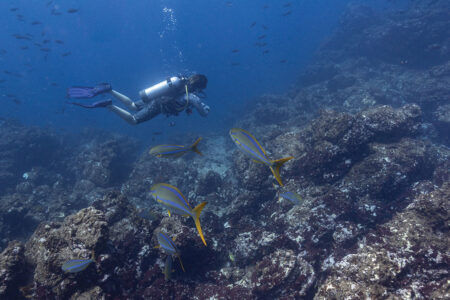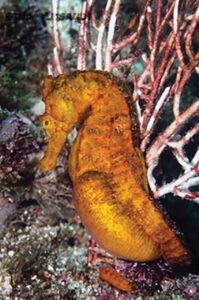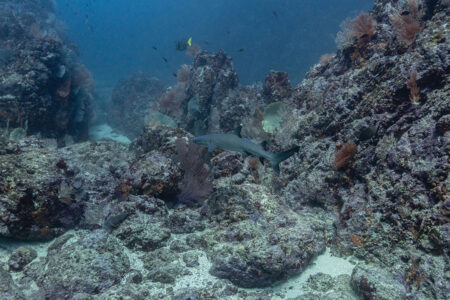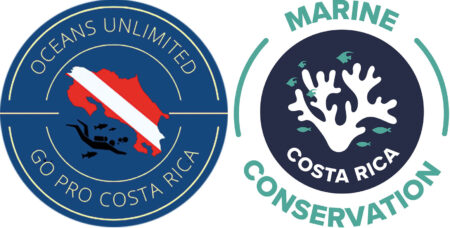Hidden Treasures: The Fascinating Flora and Fauna of Costa Rica’s Seabed
Welcome to the enchanting world beneath the surface of Costa Rica’s coastal waters, where the vibrant marine life of Manuel Antonio beckons to those seeking adventure and exploration. Dive into the depths of the Pacific Ocean to discover a diverse ecosystem teeming with captivating creatures, making scuba diving in Costa Rica an experience like no other. Wondering why you would want to explore the waters with us? Join us as we unveil four hidden treasures that make Manuel Antonio a must-visit destination for underwater enthusiasts.
 Vibrant Parrotfish
Vibrant Parrotfish
The first jewel in Costa Rica’s underwater crown is the parrotfish. These colorful creatures add a burst of life to the ocean floor with their vivid hues and distinctive beak-like mouths. As they graze on algae-covered rocks, they play a crucial role in maintaining the delicate balance of the coral reefs. Witness the dazzling spectacle of parrotfish in their natural habitat, and you’ll understand why these vibrant swimmers are an essential part of our marine wonderland.
 Graceful Seahorses
Graceful Seahorses
Venture into the sea patches and coral reefs, and you might be lucky enough to spot the elusive seahorse. These enchanting creatures captivate divers with their delicate appearance and slow, deliberate movements. Manuel Antonio’s seahorse population contributes to the area’s biodiversity, emphasizing the need for marine conservation efforts to protect their habitats. Scuba divers can play a vital role in promoting sustainable practices and safeguarding these mesmerizing marine inhabitants. They can be tricky to spot as they are great at camouflaging against sponges and corals but are worth the patience looking to find them.
Inquisitive Octopuses
Delve into the mysteries of the deep and meet the masters of camouflage – the octopuses. Manuel Antonio’s waters are home to these intelligent and adaptable creatures, capable of changing color and texture to blend seamlessly with their surroundings. Observing octopuses in their natural habitat is a testament to the intricate beauty of marine life. Embracing sustainable tourism practices ensures that future generations can marvel at the inquisitive nature of these remarkable cephalopods. We love to watch them, but keep a distance and let them go about their important business on the reefs around Manuel Antonio.
 White Tip Reef Sharks
White Tip Reef Sharks
Encounter the White tip reef sharks hanging out in the caves around Manuel Antonio. Despite their intimidating appearance, white tips reef sharks are generally harmless to humans, making them an intriguing highlight for scuba divers. These apex predators play a crucial role in maintaining the ecological balance of the marine ecosystem. By fostering awareness about the importance of preserving their habitats, we contribute to the conservation of not only reef sharks but the entire underwater tapestry of Manuel Antonio. If you want to learn more about sharks and how important they are to the marine environment you can learn all about them with our fun AWARE Shark conservation program that we run right here in Manuel Antonio. You could also combine it with an exciting trip to Caño island.
Conclusion
Costa Rica’s seabed is a treasure trove of fascinating flora and fauna, inviting adventure seekers to explore the wonders hidden beneath the waves. Scuba diving in Manuel Antonio offers an immersive experience with marine life, and the encounters with these extraordinary creatures underscore the importance of marine conservation. As you embark on your underwater journey, remember to tread lightly, respect the marine environment, and contribute to the preservation of Costa Rica’s hidden treasures for generations to come. Dive into the depths and discover the magic that awaits in Manuel Antonio’s beautiful waters with Oceans Unlimited. If you want to find out more but don’t want to dive, we also have workshops in the marina during the weeks where you can learn about our coral restoration projects and other marine conservation initiatives.

